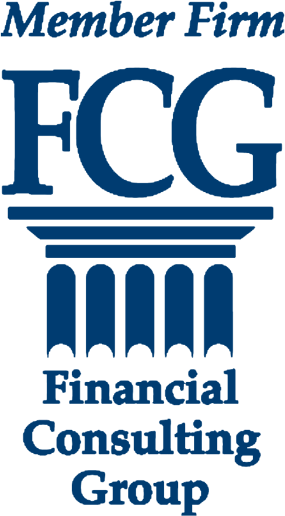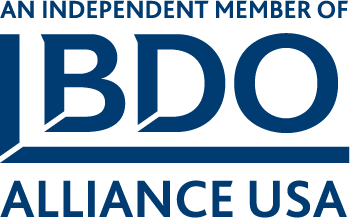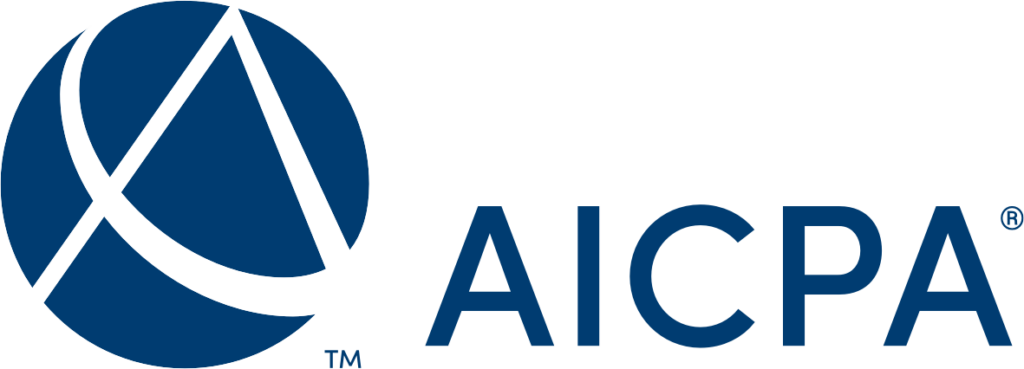The IRS has released final regulations clarifying the application of the employer shared responsibility provisions and certain nondiscrimination rules to health reimbursement arrangements (HRAs) and other account-based group health plans integrated with individual health insurance coverage or Medicare and to provide certain safe harbors with respect to the application of those provisions to individual coverage HRAs. The guidance is intended to facilitate the adoption of individual coverage HRAs by employers. The regulations affect employers, employees and their family members, and plan sponsors and are effective for periods beginning after December 31, 2019.
A previously published final rule allows the expansion of the use of health reimbursement arrangements (HRAs) by:
- allowing integration of an HRA with individual health insurance coverage and thereby satisfying the Affordable Care Act’s annual dollar limit and preventive care cost sharing requirements;
- creating “excepted benefit HRAs” limited in amount and to the types of coverage for which premiums may be reimbursed;
- providing new premium tax credit eligibility rules for individuals who are offered an HRA integrated with individual health insurance coverage;
- clarifying that individual health insurance coverage premiums which are reimbursed by an HRA or Qualified Small Employer HRA does not become part of an ERISA plan when certain conditions are met, and
- adding new special enrollment for the individual market for individuals who gain access to HRAs integrated with individual health insurance coverage.
If an employer wants to offer an HRA that is not integrated with non-HRA group coverage, Medicare, TRICARE, or individual health insurance coverage, they may do so as an excepted benefit. As excepted benefits, these HRAs would not be subject to the employer group plan rules, including the market reforms under the Affordable Care Act. The final rules impose the following requirements for excepted benefit HRA:
- the HRA must not be an integral part of the plan;
- the HRA must provide benefits that are limited in amount ($1,800 per year, adjusted for inflation after 2020);
- the HRA cannot provide reimbursement for premiums for certain health insurance coverage; and
- the HRA must be made available under the same terms to all similarly situated individuals.
Shared Responsibility Affordability Requirements. In general, an eligible employer-sponsored plan is affordable for an employee if the amount the employee must pay for self-only coverage whether by salary reduction or otherwise for a plan does not exceed a percentage of the employee’s household income. An eligible employer-sponsored plan also provides minimum value if the plan’s share of the total allowed costs of benefits provided under the plan is at least 60 percent of the costs and if the plan provides substantial coverage of inpatient hospitalization and physician services.
As with other types of employer-sponsored coverage, employers that offer individual coverage HRAs will not know employees’ household incomes. Therefore, the regulations provide that an employer offering an individual coverage HRA to a class of employees may use safe harbors in determining whether the cost of the HRA is affordable. The safe harbors include affordability safe harbor regarding household income; location safe harbor; age safe harbor; and look-back month safe harbor.
Please call the Crosslin tax team at (615) 320-5500 with any questions. We are here to help!






